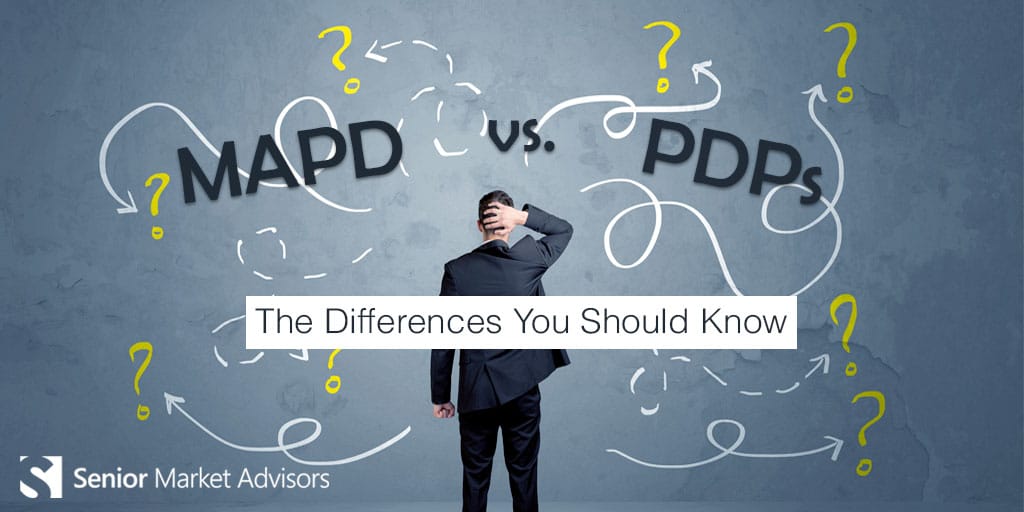What Are Accountable Care Organizations?
Accountable Care Organizations (ACOs) are doctors, hospitals, and other facilities that participate in Medicare and/or Medicaid. They help patients with fee-for-service policies get the care they need.
A facility needs to apply to become an ACO using the Medicare Shared Savings Program, the Advance Payment ACO Model, or (previously) the Pioneer ACO Model. All three provide financial incentives for facilities to provide care for Medicare beneficiaries. Additionally, they bring all of the services that patients need under one umbrella. That will include everything from primary physicians to specialists and home care.
The Medicare Shared Savings Program (MSSP) was created under the ACA to facilitate cooperation between providers. Having patients receive all their care in one place prevents unnecessary spending, leading to less of a need for coverage.
Traditionally, doctors are paid more when they perform more tests and procedures. ACOs provide bonus paychecks to doctors who keep their costs down and pay flat fees for certain treatments. As a result, doctors cannot provide unnecessary tests to increase their earnings. The Advance Payment ACO Model provides ACOs with the savings that they earn for being an ACO in advance as an incentive for them to continue their ACO service.
The Pioneer ACO Model ended in 2016. It was a way for organizations who already participated in Medicare to move to a population-based payment plan. As a result, Medicare and Medicare beneficiaries saw lowered costs. It also started the concept of keeping all medical needs located in one doctor’s office. This eliminates the stress and struggle of moving medical documents and prevents unnecessarily repeated tests.
What’s Happening Today?
In 2015, Medicare savings directly related to Accountable Care Organizations totaled $466 million. One of former President Obama’s goals was to have at least 50% of Medicare savings coming from ACO’s by 2019. This act would improve upon overall savings.
In mid-January of 2017, CMS announced 99 new organizations and 359,000 total participating clinicians in the 50 states and Puerto Rico. They all fall under either the Advance Payment model or the MSSP, since the Pioneer Model concluded on December 31st of last year. The Advance Payment Model and the MSSP rendered the Pioneer Model outdated. Therefore, the majority of ACOs opted into one of the other two model options (an organization can only pick one).
The next generation ACO models provide greater benefits, including:
- More access to home visits, skilled nursing facilities, and telehealth
- Chance for reward payments for good service
- Beneficiaries can confirm their ACO care
- Better coordination with CMS
Republicans are typically not opposed to ACO’s. Also, they are one aspect of health care that Trump has not yet made a point to change.
You should consider ACOs for all your clients. Talk to them about what doctors they visit and how attached they are to their current physicians (if they aren’t already a part of an ACO). Help your clients achieve the best care possible, with the best coverage.



